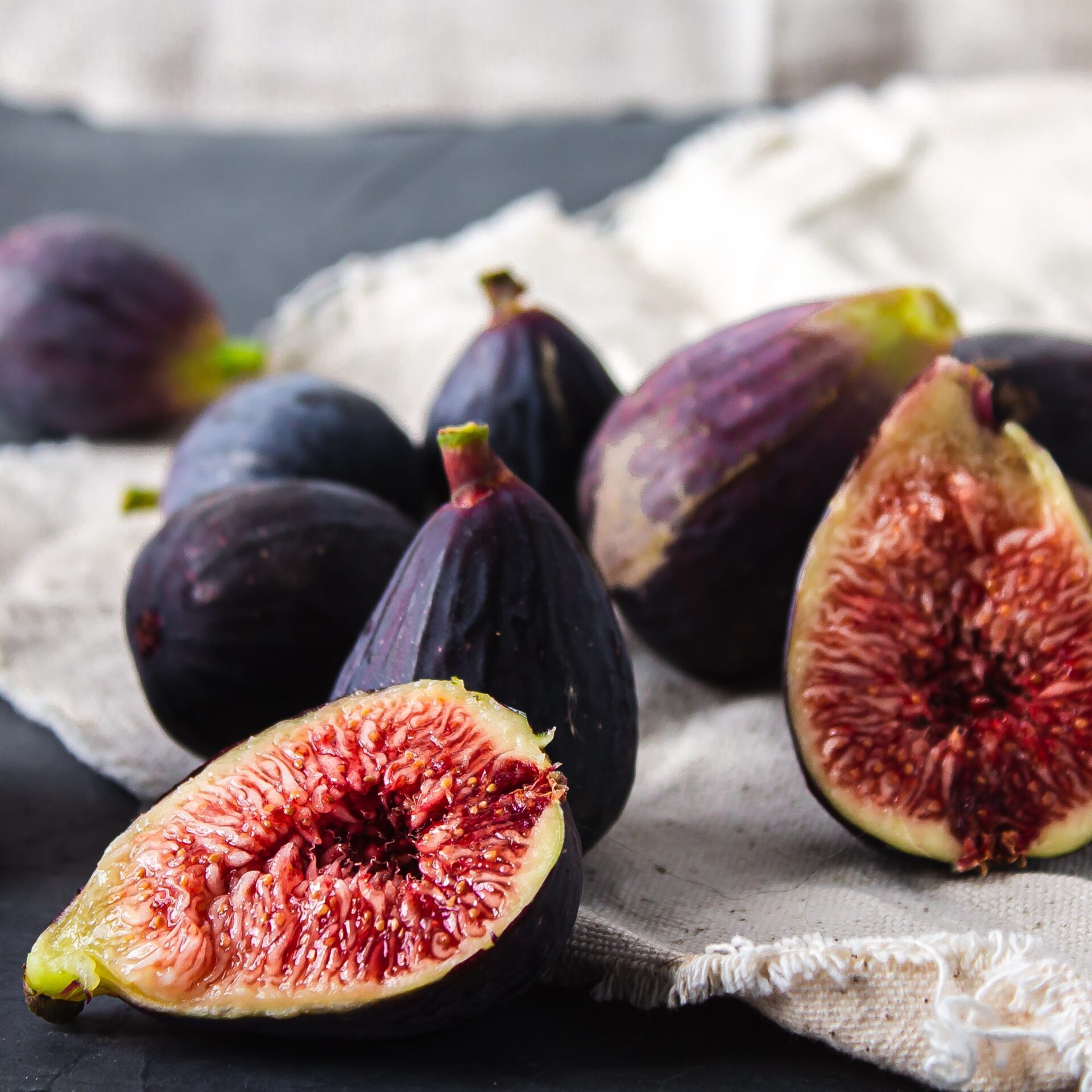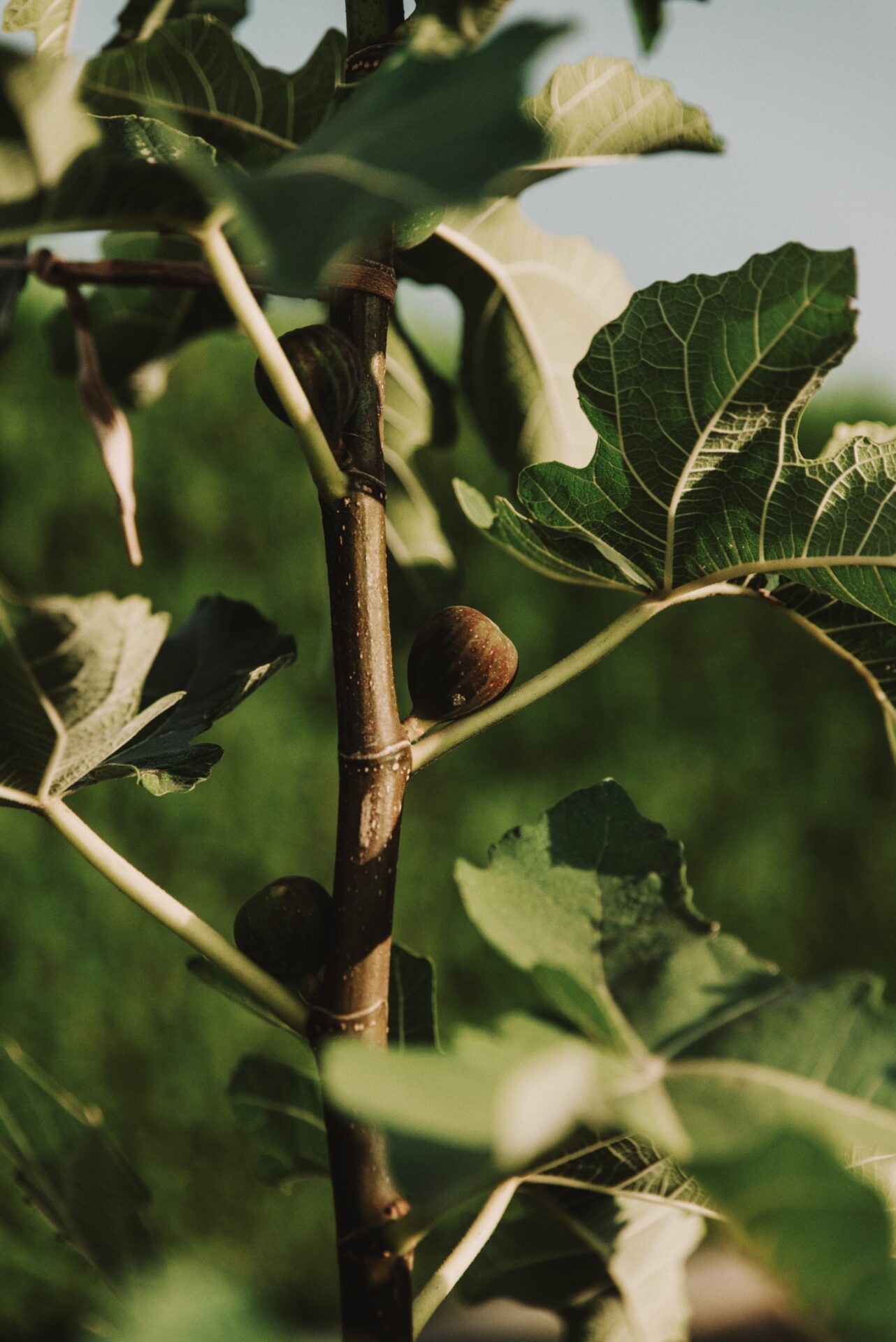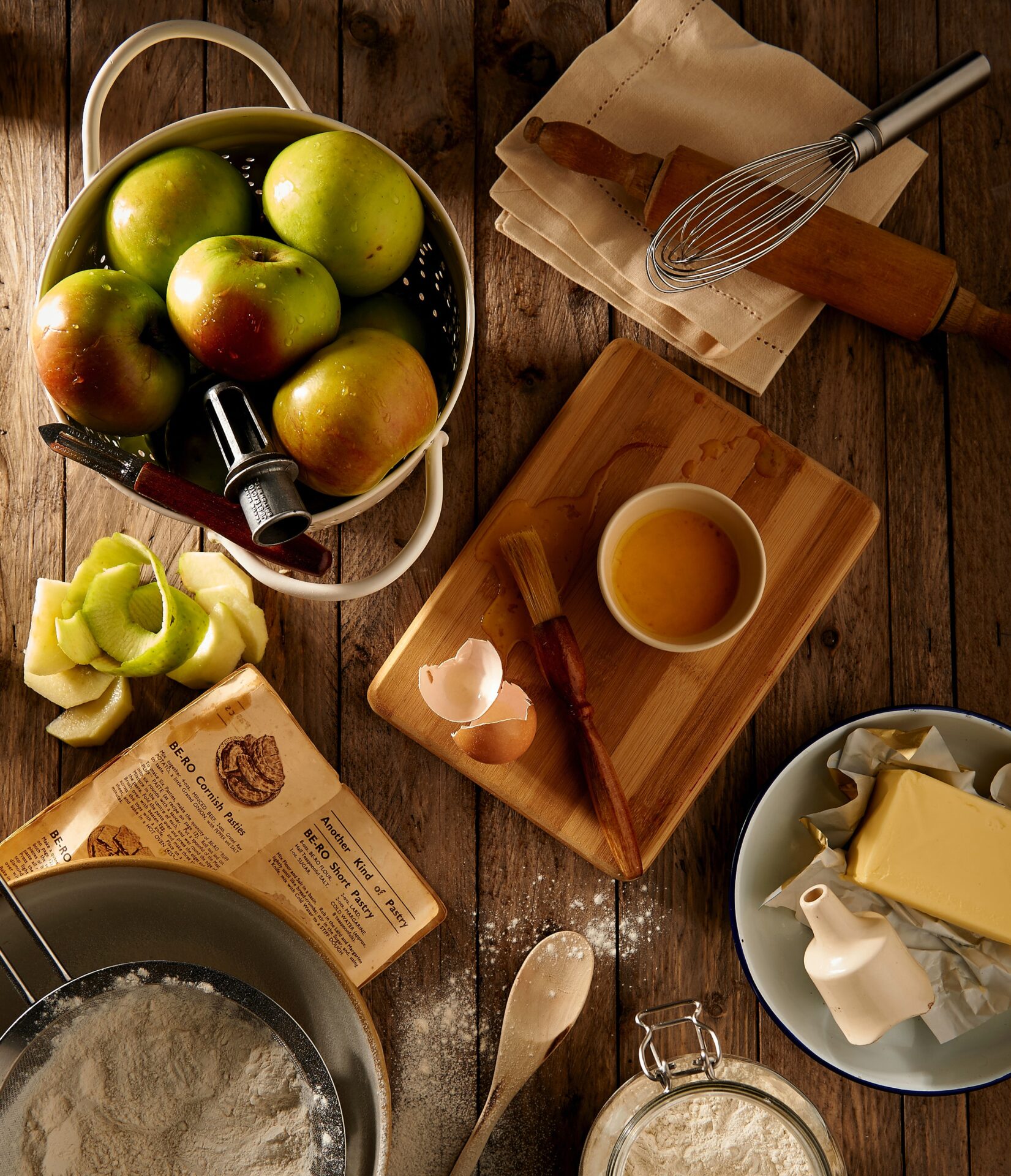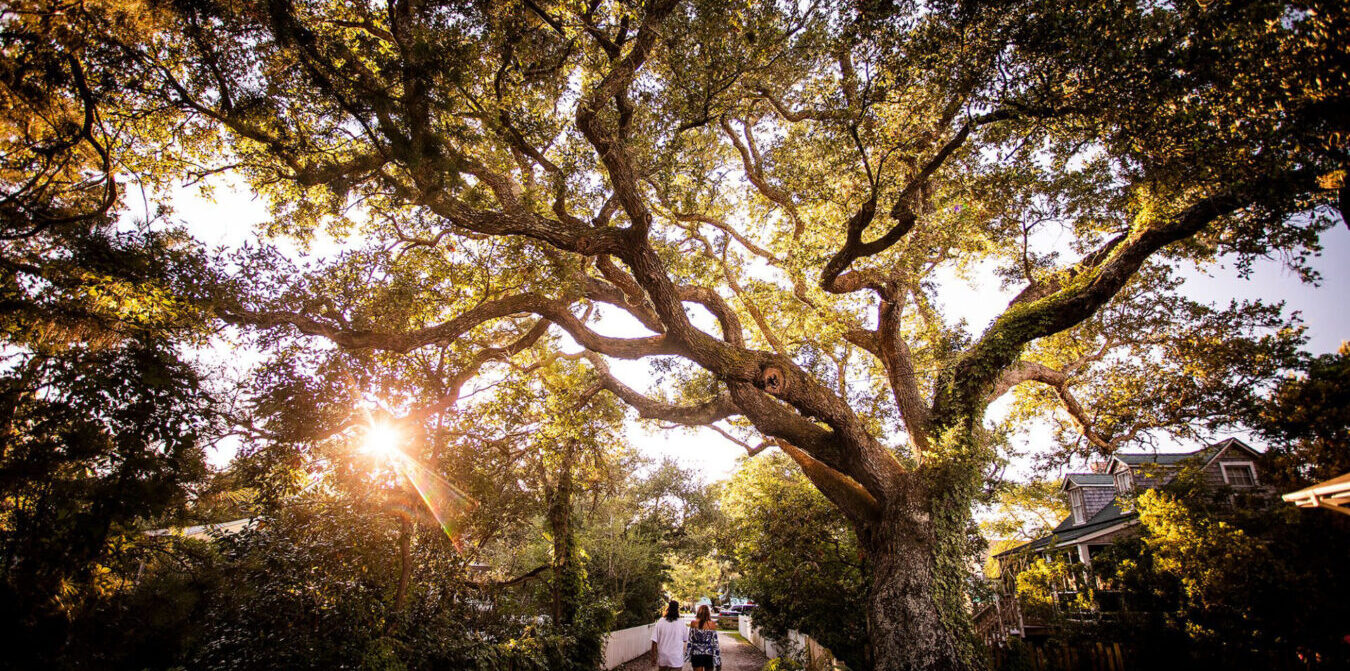Discover one remote, North Carolina Island’s sweetest tradition
Unless you’re a wayward sailor, you wouldn’t simply “stumble upon” Ocracoke Island. The only way to access the slim, 16-mile-long barrier between North Carolina’s Pamlico Sound and the Atlantic Ocean is by ferry (or private plane if that’s your style). A single highway traverses the island through a stretch of national seashore, past a pen of wild ponies, to a small community with a harbor, a white stucco lighthouse, bed and breakfasts, a convenience store, and a smattering of shops and restaurants.
It’s all anchored by a resilient community of islanders, many of whom boast generations-long ties to their home. Visitors seek out the island’s pristine beaches and away-from-it-all locale during the summer season. Come mid-October, however, most businesses shutter until spring, and the population dwindles to its 800 or so year-round residents. People love Ocracoke’s wild and remote spirit, but it takes grit to live somewhere so removed from modern creature comforts.
The island braves its share of storms—most recently Hurricane Dorian in 2019, which left hundreds of people displaced. Despite it, the islanders’ pluck endures. They bounce back to their fishing, boating, storytelling, and community. This fortitude is matched by a juicy, golfball-size gem, which has, for centuries, withstood the battering storms and salty floods—the fig. Nine varieties of figs thrive on Ocracoke Island (though some people have counted upwards of fourteen). There’s the bite-sized sugar fig, elusive blue fig, late-ripening lemon fig, widely grown celeste fig, and many more.

Most Ocracokers grew up with a fig tree in either their yard or grandparents’ yard. They say that the fig trees needed human companionship—the trees often died if people moved away; they were believed to get lonely. A layer of truth belies the lore: Most islanders kept fish-cleaning tables in their yards and would toss the refuse and oyster shells near their fig trees. The brine would filter through the soil, fertilizing the tree roots. When people left, so did those key sources of nutrients.
“Fig trees are one of the few trees that will live on this island through the saltwater,” says Chester Lynn, a life-long islander and resident fig expert. Unlike plants that grow in island gardens, the fig’s prosperity doesn’t depend on the tide’s mercy. “If the tide comes up and goes back down, it doesn’t hurt a fig tree. It may shock it, and the leaves may fall off, but if you wait long enough, it’ll sprout again,” he says.
Lynn speaks with a Hoi Toider brogue (an isolated dialect of American English within North Carolina’s barrier islands) and is best known through Ocracoke as a fierce preservationist. His island lineage harkens back to the 1600s, and he’s traced the fig tree’s presence on Ocracoke to the 1700s. Around the island he can point out trees that are more than 100-years old, and the sugar fig is one of his favorite varietals. Behind his shop, Annabelle’s Florist and Antiques, Lynn has sold fledgling fig trees for almost thirty years.

The fig became woven into Ocracoke’s fabric as people settled here during the 1800s and 1900s. It appears as a staple ingredient throughout old recipes. At a time when many fresh fruits didn’t make it onto the island, figs added jammy sweetness to dish-es, from fig preserves flavored with cinnamon, nutmeg, and cloves to the coveted fig cake, a sticky spice cake swirled with fig jam. The iconic cake was created by Margaret Garrish back in the 1960s, when she substituted figs for dates in a recipe
Many of the island’s heirloom trees were lost with the rise of tourism. Several that survived bear signs reading, “No Pickum the Figums” to deter folks from pulling the fruits before they ripen. Islanders also track the trees on vacation rental properties. In season, they’ll wake early to gather the figs—with the homeowners’ permission, of course—as many vacationers are unaware of the prized fruit growing in the yard. The fig theme courses through Ocracoke year-round but peaks from summer to early fall.
In season, shop for fig jam at the Community Store (a bougie-meets-rustic general store) near the harbor or at the Village Craftsmen, a gallery tucked away in the trees, where jars of fig jam are sold alongside locally made pottery, woodwork, jewelry, wall art, and other handicrafts. Figs appear on pizzas, in muffins, or in cocktails at island restaurants. The quintessential fig cake is a little harder to find—many of the women who used to make it for shops have passed on—but ask around, and someone can usually direct you to a source.
Come peak season in early August, Ocracokers celebrate with the annual Fig Festival, dubbed Ocracoke’s Sweetest Tradition, usually held in the first weekend of August. Visitors and North Carolina chefs travel hours for the weekend-long event. There’s music, dancing, storytelling, and figgy-licious fare on restaurant menus and products in shops.
The event culminates with the Fig Cake Bake-Off. This impassioned contest awards the best traditional and innovative uses of the fig, as determined by resident judges and guest celebrity chefs, ranging from Vivian Howard and Ricky Moore. Festival goers sample the submissions as well. For islanders, it’s a moment to revel in nostalgic flavors reminiscent of summertime, community potlucks, and older generations. By breaking fig cake alongside visiting inlanders, they initiate them into the island’s most-flavorful tradition—past and present.
share
trending content
-
Get To Know Roanoke, Virginia
-
Shrimp and Grits: A History
by Erin Byers Murray -
New Myrtle Beach Restaurants Making Waves
-
FINAL VOTING for Your Favorite Southern Culinary Town
-
New Restaurants in Arkansas
More From On the Road
-
Exploring the Gullah Geechee Trail | Listen
-
A Taste of the American South in European Restaurants | Listen
-
Moonlight Train Trip to New Orleans | Listen
-
Get To Know Ellicott, Maryland | Listen
-
Get To Know Columbia, South Carolina | Listen









